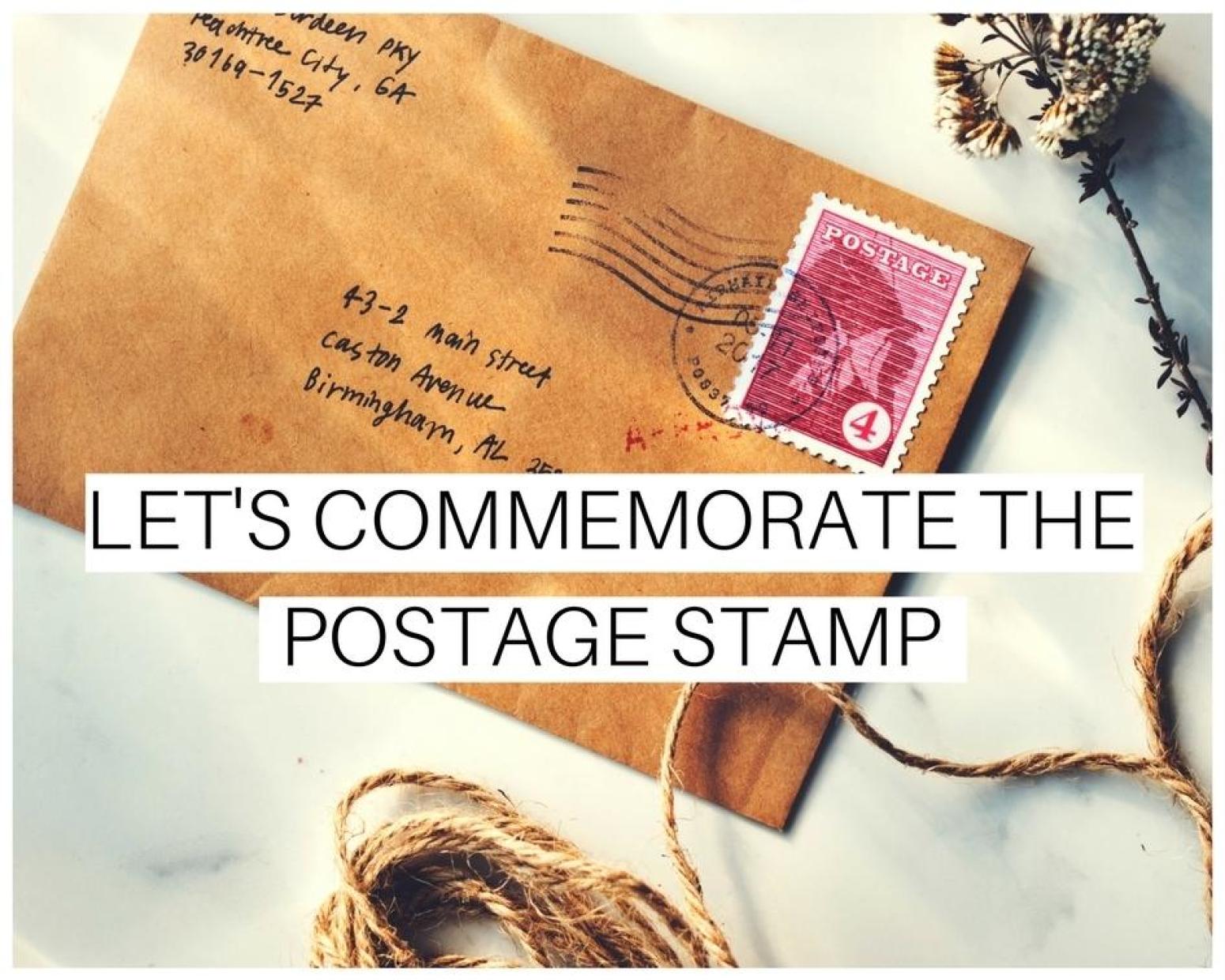The main components are an image, perforations, denomination, and country origin. Postage stamps are displayed on mail to show that the cost of moving that item has been paid. After the mail has been sent, postmarks are applied to the letter to prevent the stamps from being used again.
Postage stamps have been used since the early 1840’s before that ink and handstamps were used. Also, did you know that before postage stamps, the receiver of the mail was responsible for paying postage? Meaning that if the receiver was unwilling or unable to pay for the package, the cost of moving the mail was never covered. Apparently, people got creative and came up with secret symbols to get around paying for their mail.
To rectify this system, the UK implemented a postage system which included stamps, pre-paid post cards, letter cards, aerograms, and pre-paid postage envelopes.
Recently, pre-paid boxes are even available for the customer’s convenience. This system significantly improved the mailing system by which it became faster and more convenient. Ultimately, this resulted in a greater number of people mailing packages all over.
Sometimes stamp collecting is a hobby, and sometimes it’s a more serious historical study. Philately refers to the study of postage stamps, usually focusing on the historical significance of them.
For instance, the first stamps had the image of the Queen on them and were uniform in size as well as shape. Many countries followed suit, often depicting images of current or past significant leaders.
In the US, the post office was met with harsh critique when it introduced stamps that deviated from depicting past Presidents. The first alternative designs were a horse or a train. Today, stamps are found in a wide variety and can even be purchased for special occasions such as a wedding, baby shower, and birthday themes. Also, certain stamps can be bought to benefit charity organizations specifically (as well as pay for the postage fees).
The postage stamp is often an overlooked symbol of a countries history and pride. Think about that next time you rip through one to open your mail.
